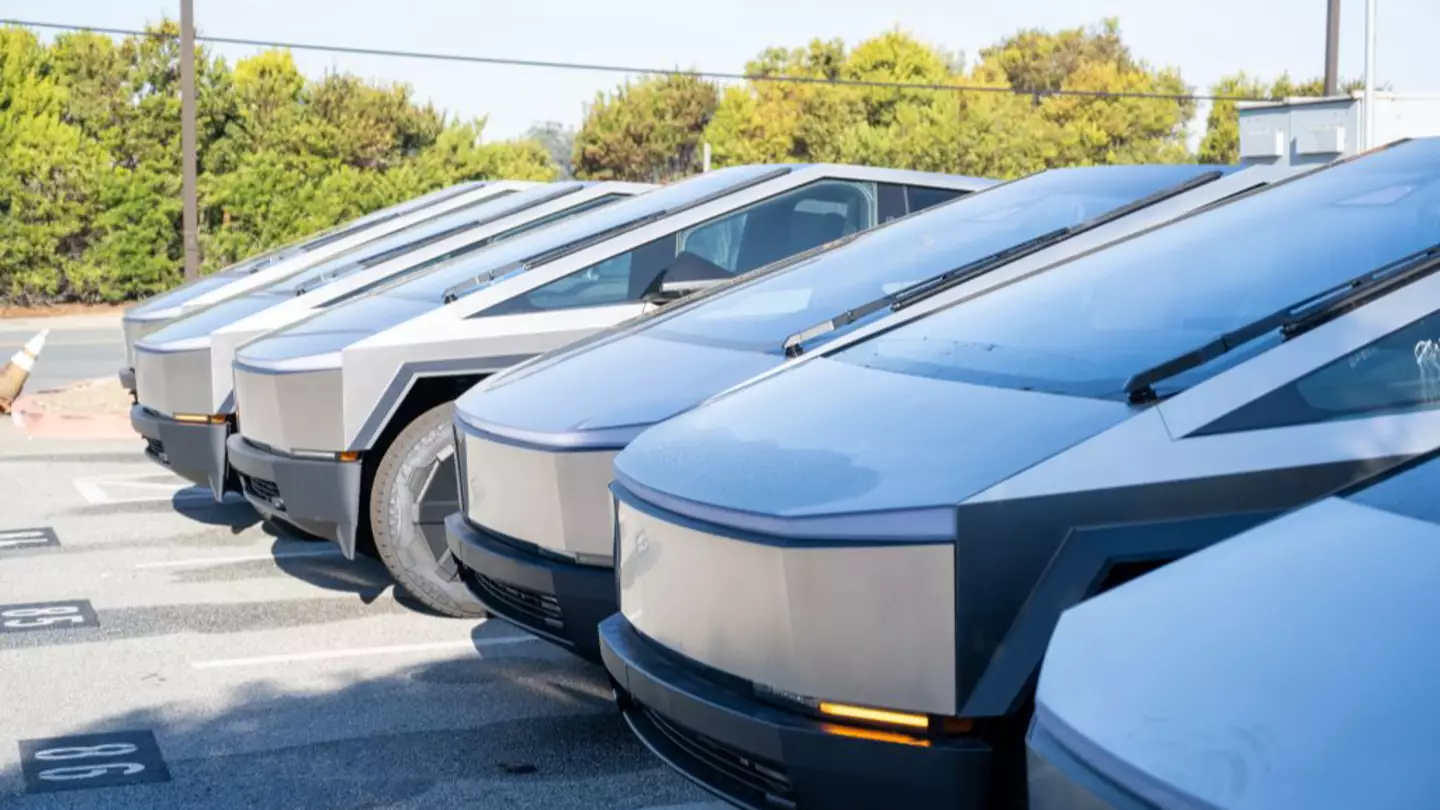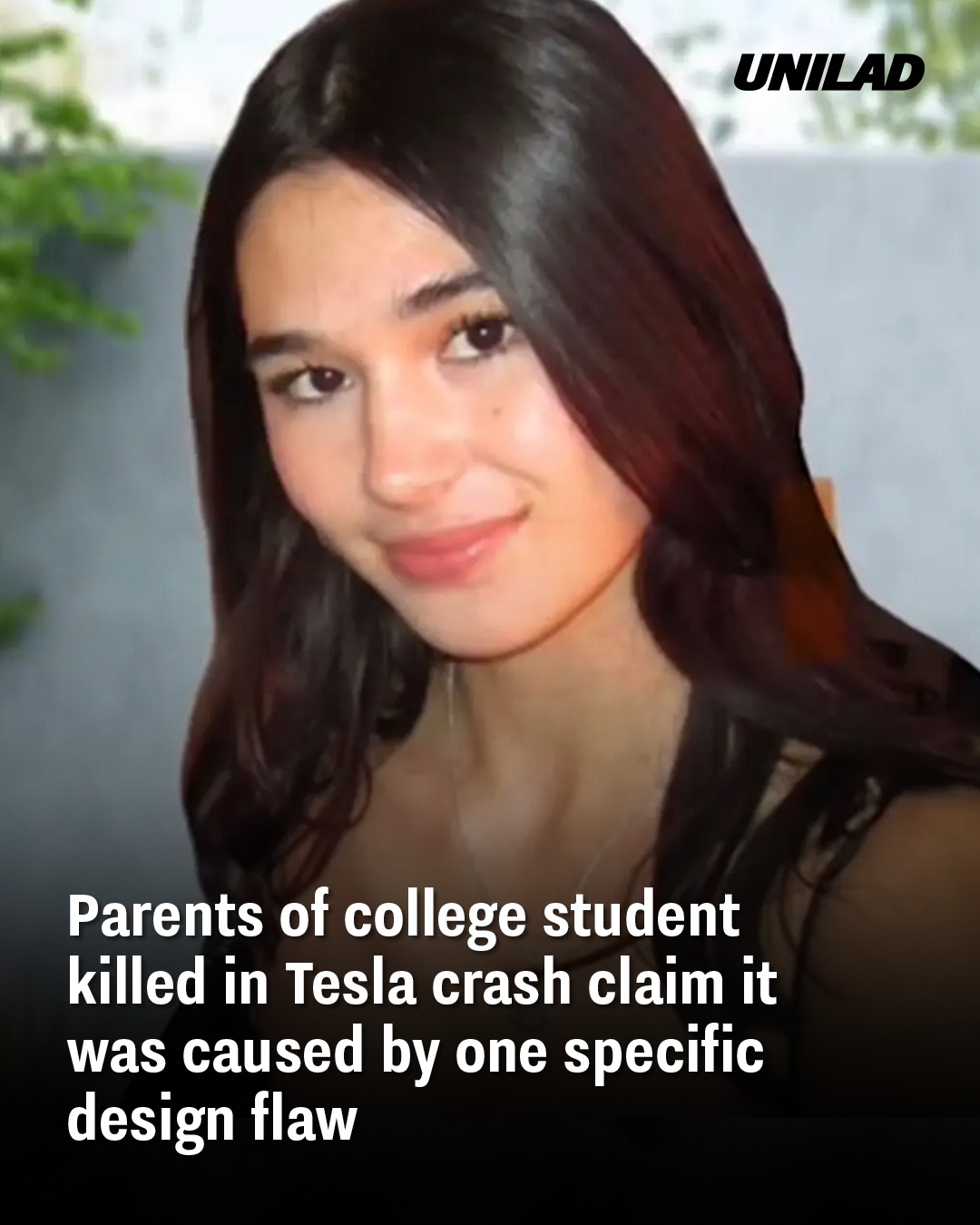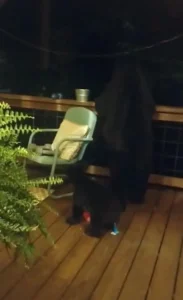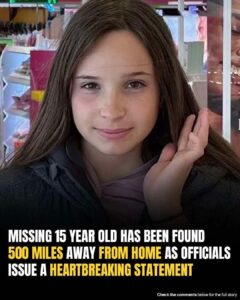When tragedy strikes, families often turn to the justice system for answers — and that’s exactly what one grieving family is doing now. With the help of a lawyer, the parents of a college student killed in a Tesla crash have filed a wrongful death lawsuit, claiming their daughter’s death was the result of a dangerous design flaw in the company’s new Cybertruck.
The Fatal Tesla Crash
In November of last year, three college students — 19-year-old Krysta Tsukahara, 20-year-old Jack Nelson, and 19-year-old driver Soren Dixon — lost their lives when a Tesla Cybertruck crashed into a tree in Piedmont, California.
According to reports, Tsukahara survived the initial impact with only minor injuries. But when the Cybertruck’s battery caught fire, she was trapped inside the vehicle and ultimately died from burns and smoke inhalation. Her family believes this horrific outcome was preventable.
The Lawsuit Against Tesla
Nearly six months after their first legal filing, Tsukahara’s parents, Carl and Noelle, have now submitted a 36-page amended complaint in Alameda County Superior Court. The lawsuit alleges that Tesla’s Cybertruck doors — powered by a 12-volt battery — fail when the car loses power, making it nearly impossible to escape.
The complaint specifically points to a concealed manual lever, arguing that this “hidden” release system left Tsukahara trapped in the rear seat as flames consumed the vehicle. Her parents described their daughter’s final moments as “unimaginable pain and emotional distress.”
“This company is worth a trillion dollars — how can you release a machine that’s not safe in so many ways?” her father Carl asked in an interview with The New York Times.
Full Story: Man Loses 360 Pounds Naturally, Internet Rallies to Support His Next Step
Tesla Under Fire for Safety Concerns
This isn’t the first time Tesla has faced questions about safety. The lawyer representing the family, Roger Dreyer, told KTVU Fox 2 that the Cybertruck’s design “failed” his client’s child, who was studying at the Savannah College of Art and Design.
“There was no functioning, accessible manual override or emergency release for her to escape. Her death was preventable,” Dreyer said.
He further alleged that Tesla is aware of these dangers but continues to sell cars with systems that could entrap passengers. “Tesla knows that it’s happened and that it’s going to happen,” he claimed, adding that this lawsuit is about “truth and accountability.”

The teens were killed in a Cybertruck accident (Smith Collection/Gado/Getty Images)
Government Investigation Launched
Safety regulators are taking notice. Last month, the National Highway Traffic Safety Administration (NHTSA) opened an investigation into complaints about Cybertruck doors. Several drivers reported being unable to open rear doors after shutting down their vehicles — in some cases, parents said they had to break windows to rescue children.
This investigation could carry serious consequences for Tesla, which has built its reputation on cutting-edge technology but is now facing scrutiny over whether its designs sacrifice safety.
The Family’s Fight for Accountability
For Tsukahara’s parents, this case is about more than compensation. They describe their daughter as “a bright, kind, and accomplished young woman with her whole life ahead of her.” Now, they want to ensure no other family experiences the same preventable loss.
“We’ve had to endure not only the loss of our daughter, but the silence surrounding how this happened and why she couldn’t get out,” Carl said.
Their fight also highlights a broader debate: how much responsibility tech companies bear when innovation clashes with consumer safety. For many families, it raises tough questions about the balance between advanced design and reliable protection — whether through insurance, accountability in court, or stronger government oversight.
Full Story: Science Confirms Kelly Brook’s ‘Perfect Body’ – But the Real Message Is Bigger Than Beauty
Final Thoughts
This tragic case shines a harsh spotlight on Tesla’s Cybertruck. While marketed as futuristic and powerful, the vehicle is now linked to a preventable death due to an alleged design flaw. The wrongful death lawsuit, led by a determined lawyer, asks not only for justice for one young woman but also for accountability from one of the most influential carmakers in the world.
As the investigation unfolds, the story raises bigger questions about consumer trust, safety design, and the true cost of innovation. For grieving families like the Tsukaharas, it’s a painful reminder that behind every lawsuit lies a heartbreaking story of loss — and a call for change.



